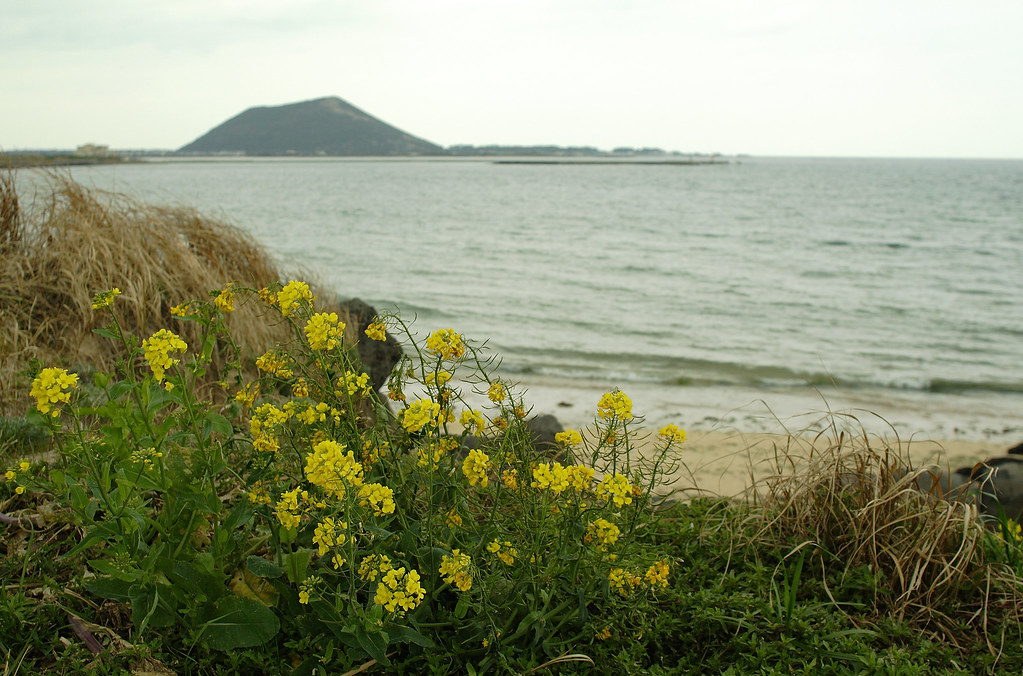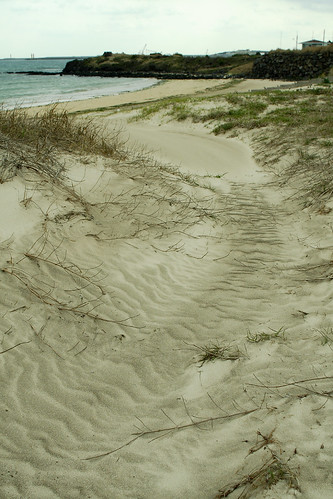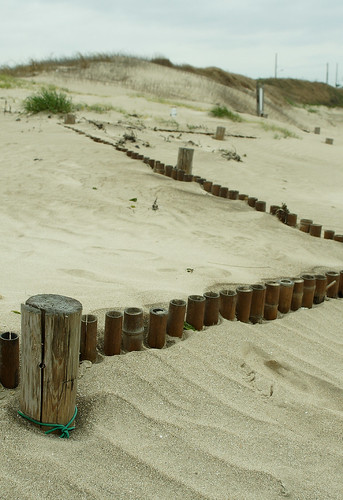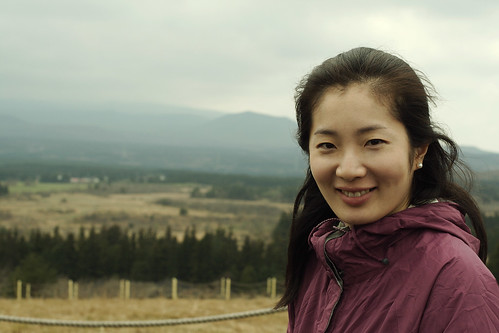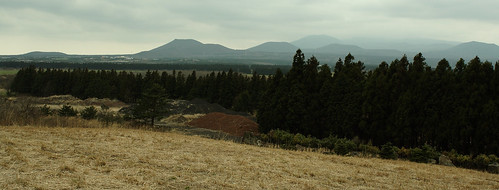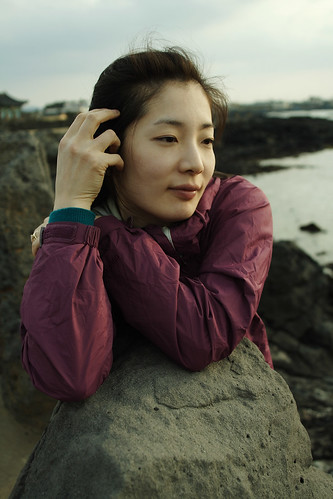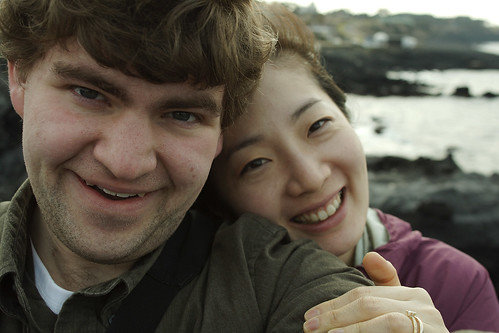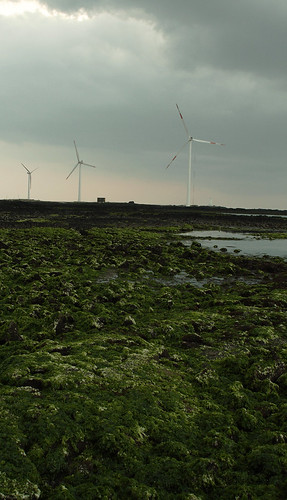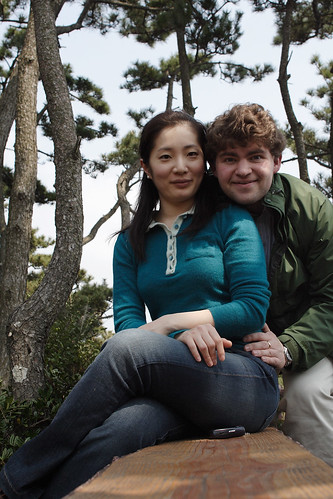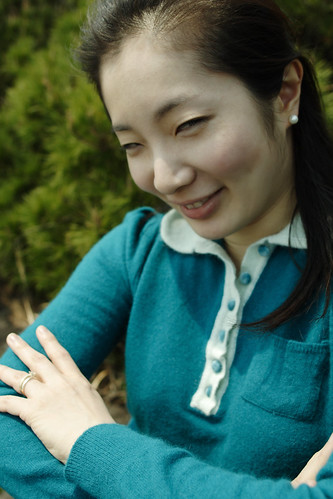I posted an image of this painting (simulacra of simulacra of simulacra if any Platonists are keeping track) back in February. I found it striking when I saw it in the National Gallery and I find it perhaps more striking now.
(To view the painting in exceptional detail, go to: http://www.nationalgallery.org.uk/paintings/lucas-cranach-the-elder-the-close-of-the-silver-age)
There are several motifs which pique my interest. First, is the apparent innocence (at least in terms of dress) of men, women and children in the scene. Second is the interspersion of brutal violence amongst familial leisure, and conversation. Third is the background: a perfectly developed, possibly urban (Cranach's Holy Roman Empire was the most urbanized area of Europe at the dawn of the 16th century), and sophisticated castle.
Cranach, then, tells us a story which is both subtle and subversive. Peaceful innocence, both moral and physical, are supposed to reign in Eden. In post Edenic life, according to the traditional Biblical story, Men have lost the tree of life but inherited the knowledge of good and evil and a sense of shame. These men are clearly not morally innocent, yet at the same time they have are not garbed, they feel no embarrassment about their bodies. Cranach's paradigm is not a straightforwardly Christian one. This is probably not surprising given Cranach's reference to the classical, probably Hesiod’s, 'Silver Age' in his title.
So what else does the picture convey to us. It might be that man is naturally a social animal, familial, discursive, but at the same time aggressive, prone to violence and strife. Violence is not overcome by sociability. Sociability is not the source of violence. This would seem to fit the model of the classical silver age. The human creations of Zeus were less noble than the humans of the Golden Age. They were prone to infighting, and were less physically hardy. They could not live without sinning against each other, Hesiod tells us. This seems to be a compelling mythos into which Cranach's piece might be situated. But this may still be too easy.
If the painting depicted the silver age, why call it the 'close' of that epoch? Where is Zeus, who in Hesiod’s myth annihilates the impious men of the sliver age? And if the silver age is largely agricultural and socially primitive, why include the castle in the background. Perhaps Cranach is up to something different.
The answer to this quandary is invariably speculative and no more than a supplement to the emotive impression of the work. Yet it is well worth exploring. If one thinks of the close of one age as the beginning of another, there is no reason to imagine that event in purely synchronic terms. It is perfectly possible for a close to be drawn out, diachronic. Moreover, in art, unlike life, time need not be linear or unidirectional.
Thus I take the symbolism of the painting to invoke both the causes and the consequences of the 'close' of the silver age. The violence of man is not systematic in the painting. In fact only one person is obviously aggressive. Another holds a stick, but is not clearly brandishing it in attack. The scene in the front is not clearly a descent into social anarchy.
But the violent, laconic tendencies of these relative primitives are sure to have limits. The peace of some seems innocent. While the violence of others animalistic (Martin Luther, who Cranach famously painted, would argue that some men devour others as part of their bestial nature). For a time, the peacefulness of most will outweigh the violence of some. The infrequency of a casus belli will prevent others from entertaining their more violent tendencies, but this will not prevail. In a sense, Cranach has produced an image of the state of nature, in which human's are sociable but also in which internecine strife is already germinating. The Bronze age, unlike the silver, was defined by militant, armed conflict.
Given this, the absence of Zeus from the scene continues to nag me. Why is he absent, if Cranach is portraying Hesiod’s myth? Perhaps Cranach is on the cusp of something quite interesting. Zeus, was said to have caused the destruction of Silver Age men, but Cranach is at liberty to interpret this cause. Perhaps, the aggression these men sometimes showed each other was the modus operandi of their downfall. And if this is the case, Zeus becomes something of a hands off deity.
Given my interest in Enlightenment philosophy, Zeus’ flight from the scene is remarkable. The absence of divine causes in the explanation of epochal changes in many Enlightenment narratives resembles the sense of Cranach’s painting I have alighted upon here. Is Cranach engaging in an embryonic form of speculative history? Probably not. But this painting may be indicative of changing discourse about human nature and history, which might have been meaningful for the development of Enlightenment historiography.

